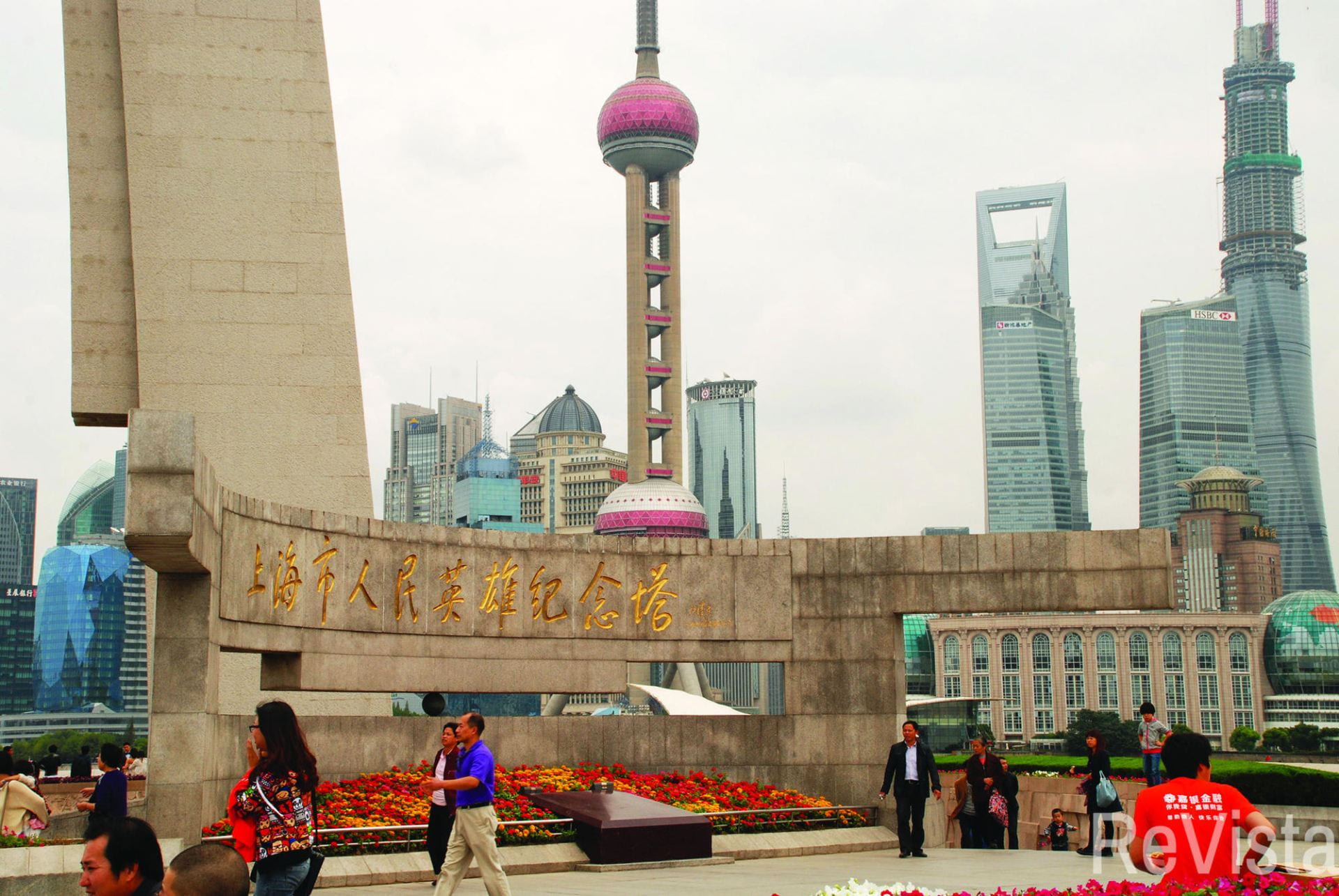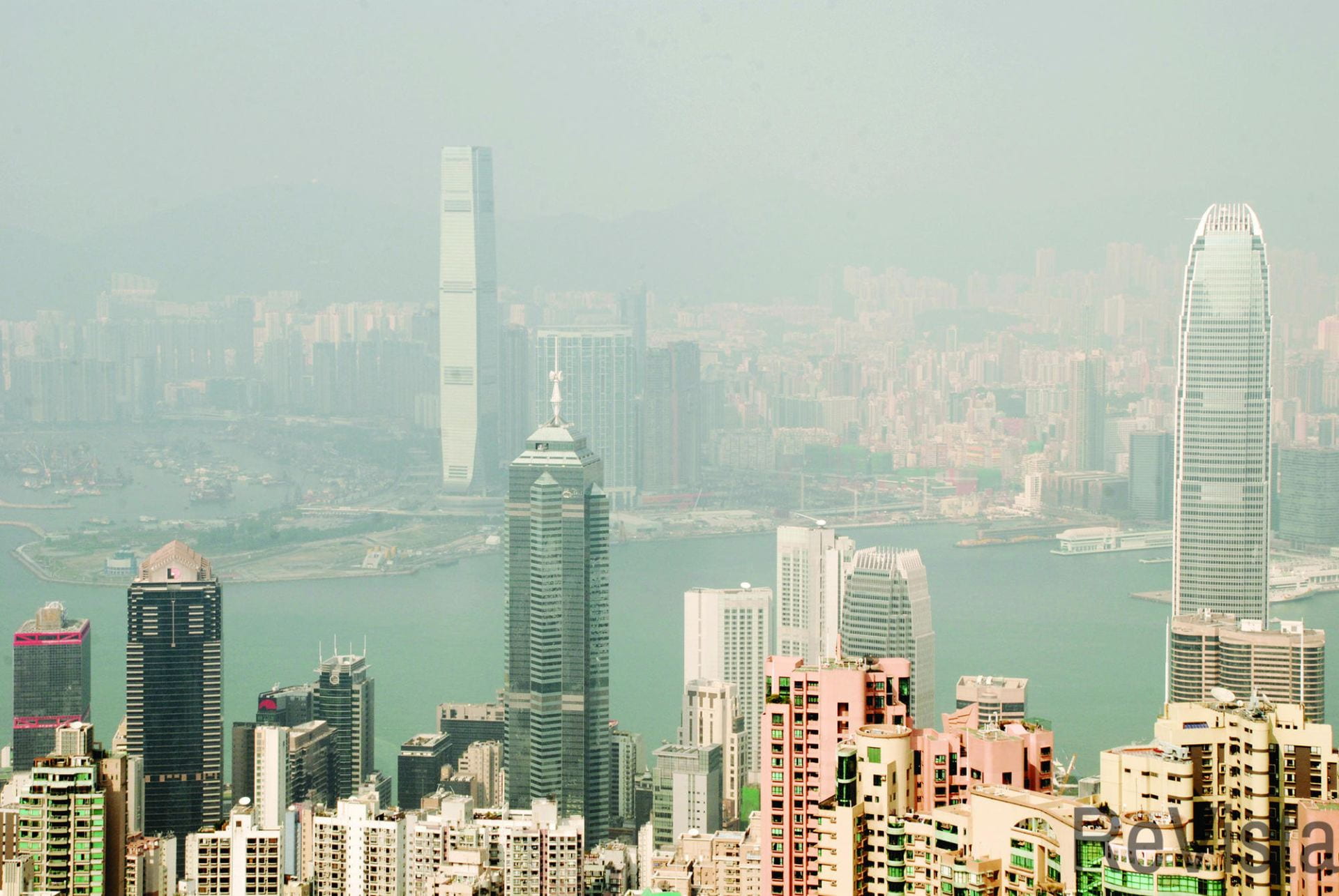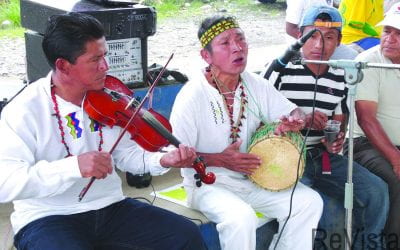From Extraction to Construction
I began to study China and Latin America in 2008, quite by accident. While working as a research professor in Peru, I was invited by the Andean office of Oxfam to prepare an exploratory report on the overseas record of some Chinese companies that were starting to invest in mining in this region. Although I had done work on Western transnational firms in this sector, trying to track and understand their Chinese peers was a new challenge, given the distance and language barriers. My first effort was published in Spanish by the Universidad del Pacífico Press in 2009, and to my surprise it sold out quickly. Apparently, quite a few people in Latin America—like me—did not know much about what China was doing here but were keen to find out.
Ten years and numerous publications later, I believe that the presence of China is one of the most significant changes in Latin America and the Caribbean in the last quarter century. Japan and other Asian countries have also had impact in the region, but China stands out now for the weight of its presence, the magnitude of its ambitions, and the expectations it has raised.
This was not historically the case. For many years, Latin America was marginal to China’s economy and foreign policy. Holding just eight percent of the world’s population, Latin America was considered very far from China and very much in the “backyard” of the United States. For most of us Latin Americans as well, China was a distant source of immigrants (voluntary or forced), arroz chaufa and wonton soup, or Maoist political ideology, but not a country one hoped to visit or do business with.
In a very short time, all of that has changed. The most recent period of economic growth in our region was driven in large part by our commodity exports to China, accompanied in some cases by bilateral trade agreements. Since then, Latin American trade with China has increased more than 200 percent, with China replacing the United States as a leading trade partner, the leading market for what we produce, and a major source of foreign direct investment, in traditional commodities and new infrastructure.
More countries in the region have switched diplomatic allegiance from Taiwan to Beijing, and most of our leaders are unwilling to comment publicly on China’s authoritarianism and human rights violations. While the Trump Administration in the United States shows increasing hostility to Latin America, China stresses the need to empower developing countries and promote South-South cooperation—and the discourse of our leaders is much the same. In this context, understanding the relations between China and Latin America is essential to understanding our own prospects for development in the years ahead. After two decades of accelerated relations, a small but growing number of academics are asking what the balance is so far—whether engagement with China is deepening our dependency on primary exports or diversifying our options, and how Chinese firms, banks and embassies operate on the ground.

The presence of China is one of the most significant changes in Latin America and the Caribbean in the last quarter century.
Such questions are complicated by the challenges of understanding the Chinese perspective. There are still few Latin American experts on contemporary China, and few Chinese colleagues with expertise on Latin America who do fieldwork in the region and engage with us as peers. Yet Chinese authorities today are determined to change this, by training more people in Latin American studies and promoting academic and cultural exchanges. Some of the new voices from China on Latin America, and vice versa, are included in this special issue of ReVista.
China in Latin America: Taking Stock
What have we found so far? First of all, our work with Kevin Gallagher and Rebecca Ray at Boston University and colleagues from eight centers across Latin America has shown the impact of China’s huge demand for natural resources. This has indeed led to greater concentration in the extractive industries, and in activities with high environmental risk and high levels of social conflict. Latin America’s exports to China, and China’s investments in this region, have been more concentrated in primary commodities than have Latin America’s economic relations with the rest of the world.
In terms of social impact, Latin America’s primary exports—especially minerals—generate less employment than, for example, commercial agriculture, manufacturing or services. As a result, exports to China also produce significantly fewer jobs than total exports from this region. Furthermore, Latin American exports to China use more water and emit more greenhouse gas emissions per dollar of output than our total exports. And both the investments in large-scale mining and in infrastructure funded by China today, represent serious risks for deforestation and degradation in some of the most biologically diverse parts of South America. Although these outcomes are not the direct responsibility of China, they do put to test its commitment to being a socially responsible global superpower, one that is concerned with the sustainable development of its Southern allies.
Considerable diversity exists among Chinese companies operating in our region, even when most are formally state-owned enterprises, recent research has demonstrated. Some are national champions, with considerable access to capital and a stated commitment to the highest standards for corporate social responsibility. Others have little experience outside of China, face difficulties operating in distinct societies, and lack internal policies to mitigate the impacts of their activities. Many do not undertake adequate risk analysis before deciding to invest overseas, resulting in projects that can be stymied by local protest, government bureaucracy or corruption.
China’s companies are an important part of its global power, state agencies have developed guidelines for their overseas operations, as well as for the banks that finance them. Yet Chinese authorities do not often have the capacity to monitor their firms overseas, or assure compliance with local norms in diverse locations. As my own research in Peru has demonstrated, from Beijing headquarters there may be a tendency to assume that government-to-government agreements, or encouraging words from el Presidente, are all that is necessary for a successful investment in Latin America, ignoring other warning signs. Chinese embassy staff themselves may be too new in the region, or too busy with other tasks, to do the kind of monitoring on the ground that their counterparts from the United States, Canada or the United Kingdom are accustomed to doing.
Of course, the most important step in regulating the performance of companies of any origin is the will and capacity of the host governments. In much of Latin America, our environmental, social and labor norms are more stringent than those in China. We have made progress in legislating ILO 169, the right to prior consultation for indigenous and native peoples, as well as in requiring environmental impact assessments and monitoring firm compliance through environmental ministries or specialized agencies. Most Latin American countries also require foreign investors to contract national workers, respect trade union rights, and share profits in lucrative industries such as mining and oil. Latin American countries have made advances in fiscal and tax transparency, participating in the Extractive Industries Transparency Initiative (EITI) and other frameworks. Chinese companies, with a few exceptions, are complying with the norms established by Latin American authorities—as long as our government officials insist on it.
And therein lies the catch. As China’s interests in Latin America expand from extraction into construction, its banks have increasingly emerged as an alternative source of finance for major infrastructure projects, ones that our governments eagerly pursue in the interests of improving connectivity and economic diversification. Yet this has also promoted investments with high social and environmental risks, including some that other investors did not want to touch, in what some observers fear will involve reversal of hard-won standards. And the countries with the largest amount of Chinese debt so far—Venezuela, Ecuador—do not have governments inclined to uphold such standards and invest in the long term benefit of their populations. In such cases, Chinese loans have been a curse, not a blessing, facilitating fiscal irresponsibility and reinforcing both their economies’ dependency on oil and their rulers’ capacity to repress dissent.
Official Chinese foreign policy doctrine includes the principle of Non-Intervention in the domestic affairs of allied countries. Hence China enters into agreement with all types of regimes, including pariah states such as Sudan and Myanmar, as well as the Venezuela of Maduro and Nicaragua of Ortega. But all loans have conditions. As with most investors, the Chinese prefer projects without competitive bidding, or where their firms are the preferred candidates. Their banks seek to finance Chinese companies, with Chinese suppliers and workers. As with other superpowers, Chinese companies are being encouraged by their government to gain global experience and competitiveness, as part of overall state policy that positions that country for the long term.
Given this situation, the role of civil society and the media is crucial. In Latin America we have many non-governmental organizations that defend the rights of vulnerable communities and foment supervision of the extractive and construction activities promoted by governments. Courageous investigative journalists document the efforts of social and environmental activists, and worldwide campaigns are organized against bad practices, creating consciousness and helping to defend truly global standards in these industries.
In Peru, for example, combined action by local farmers and ronderos, international human rights and conservation activists, led to the halting of the controversial Rio Blanco copper project, which would create a large open pit mine in a sensitive cloud forest area on the Peru-Ecuador border. In the Peruvian Amazon, action by human rights lawyers and local courts postponed initiation of a new Hydrovía Amazónica, an unprecedented river-dredging project, in order to undertake a formal process of consultation of indigenous peoples along the route. While the project received an initial green light, indigenous leaders and their allies continue to monitor how the project will affect river flows and adjacent ecosystems. Both projects involve Chinese investors.
The initially popular Nicaragua Canal, a mega-project awarded by the Ortega government to a Chinese billionaire, was grounded after combined action by local peasants, conservationists, the Nicaraguan Academy of Sciences, and international rights organizations including Amnesty International. Indeed, protests around this project were among the triggers of wider discontent with the Ortega administration.
Nowhere has the role of local and transnational civil society been as notable as in Brazil, where natural scientists and economists, indigenous activists, Catholic missionaries and conservation organizations have mobilized concern about their government’s ambitions to further open the Amazon with dozens of new dams and hydropower projects. These include a proposal to build 49 major dams on the Tapajos River and its tributaries, which would not only increase power generation but also facilitate the transport of meat and soy for export to China, and hence accelerate the deforestation that has accompanied such activity. Last year these efforts resulted in a temporary suspension of one of the dams by Brazil’s environmental agency, and more recently the Temer administration declared that hydropower policy need to be reevaluated in the face of such concerns.
The Chinese state, its firms and its banks are not immune to these pressures. Grassroots organizations, professionally-staffed NGOs, independent media and other actors not only protest, but also collaborate with democratically elected authorities in order to maintain safeguards that can prevent or mitigate negative impacts. Both civic vigilance and constructive collaboration are essential to resisting pressures to erode hard-won social and environmental protections.
In the years ahead, all of us—academics especially—should increase our efforts to understand our Chinese peers, their institutions and motives. As with all of our foreign relations, we must ensure that these activities not only protect our sovereignty, but also uphold the rights Latin American citizens have struggled to win, improve the quality of life for all of our peoples, and protect the environment for the generations to come.
Fall 2018, Volume XVIII, Number 1
Cynthia Sanborn is Vice President for Research and a Professor of Political Science at the Universidad del Pacífico in Lima, Peru. She has held the William Henry Bloomberg Chair at Harvard University and is a member of the DRCLAS Regional Office Advisory Group. She has dual Peruvian and U.S. citizenship and has lived and worked in Latin America for over 30 years.
Hernan Manrique, a sociologist and research assistant at the Centro de Investigación de la Universidad del Pacífico (CIUP), provided valuable insights for this article based on his own experience in the Amazon.
Related Articles
From Vendedor to Fashion Designer
English + Español
Korean immigrants in Latin America are shaping and developing fashion economies there. Upon arrival, Korean immigrants to Argentina and Brazil may have been lonely, isolated and confused…
Shared Sentiments Inspire New Cultural Centers
English + Español
In the early afternoon of January 3, 2018, in the mountainous village of Shicang, Zhejiang Province, China, firecrackers burst into the air and flags waved in the wind as a parade of Clan…
Evidence for Hope: Making Human Rights Work in the 21st Century
A Review of Evidence for Hope: Making Human Rights Work in the 21st Century Contemporary Human Rights and Latin America On September 5, 1921, Roscoe “Fatty” Arbuckle, Hollywood’s then best-paid star, attended a party in San Francisco’s St. Francis Hotel, drank...





